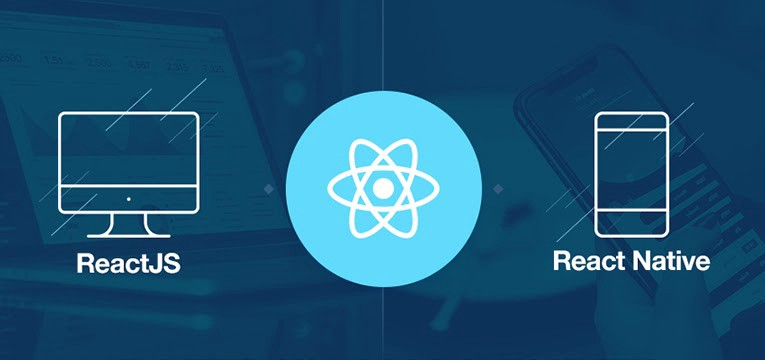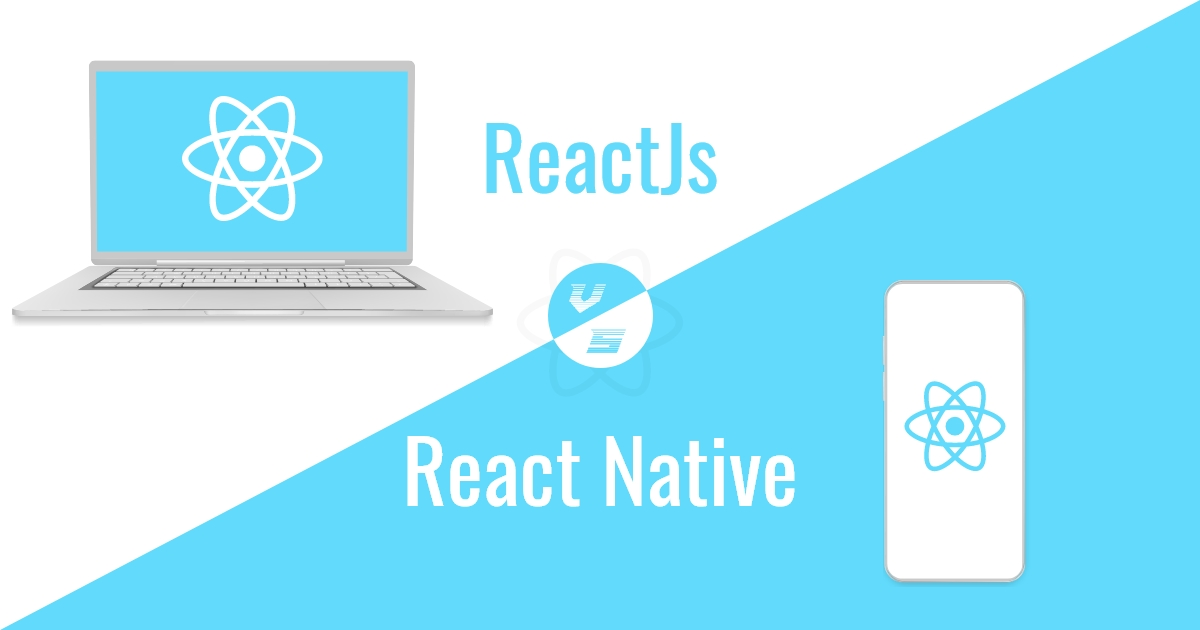React JS and React Native are two fairly popular tools that are used to program many applications and websites. Constant updates and development required rebuilding the entire application, so Jordon Walk, a Facebook engineer, came up with a React JS prototype. What else? This innovation was a game-changer for the company. Later, in 2015, they released React Native, which created an impressive foundation for developing apps for both smartphones and websites.
When it comes to choosing one of them, one can doubt it. If you can’t decide which one is better than the two, this article is for you. We’ve included important features from both React Native and React JS to help you decipher the differences and differentiate between React JS and React Native accordingly. Before we continue to differentiate them, let’s first understand what React JS and React Native are.
Overview of ReactJS
React JS is an open-source JavaScript library that is used to create user interfaces for applications, especially for the web. You can use a feature called “components”, which is a small piece of code, to create complex user interfaces. React js basically includes two segments, one is the components that include the HTML code snippets visible in your user interfaces, and the other segment is the HTML document where the rendering process of the components will take place, which you are using.
Why Do Developers Prefer Using React JS?
React JS is simple and easy to use. Once you get the hang of React JS and get familiar with its basics, you won’t have to spend a lot of time learning it or hire React JS developers for help. Understanding the core requirements of React JS takes almost no time and can be completed within hours. What else? If you have experience with JavaScript, using React JS will be a breeze.
Overview of React Native
React Native, which came after React JS, is an open-source JavaScript framework. Developers use React Native to develop mobile and web apps suitable for iOS, Android as well as Windows. It is focused on the development of cross-platform mobile applications using only JavaScript. React Native and React JS are very similar in this respect but React Native uses native components as building blocks. Moreover, React Native is best suited for mobile devices, not the web.
Why Do Developers Prefer to Use React Native?
Apps developed with React Native work well with both Android and iOS systems. React Native offers cross-platform accessibility and that’s the best part.
Comparison of React JS and React Native, What is the Difference Between them
Now that you have a clear understanding of both frameworks, let’s continue to differentiate between them in the following ways:
- Basic derivative
React JS can primarily be thought of as a basic derivative of React DOM. React Native, on the other hand, can be thought of as a basic derivative on its own. This means that when components change, the syntax and workflow do not change.
- The purpose of each
React JS is originally a JavaScript library that helps developers program UI layers with increased performance and dynamism. React Native, on the other hand, is a complete framework in its own right that is useful for building cross-platform apps for both mobile and the web.
- Display browser code and developments
To render browser code, React JS uses the virtual DOM feature. What else? In React JS, developed applications display HTML code in the user interface. React Native uses its APIs to render components in a mobile app. In React Native, UI rendering happens with JSX, which is an acronym for JavaScript.
- Style and animation
React JS uses CSS to create styles for coding components and animations in React JS are created using CSS in a similar way to web development. React Native uses a style sheet for styling. In React Native, you need to use the animated API to include animations in various application components.
- Suitability
React JS is the best choice for developing web applications with increased performance, speed, and dynamic functionality. Whereas, if you want to build a high-performance mobile app, then React Native should be your top preference. React JS and React Native are essential for app developers. Their functioning systems are constantly evolving, and several developers like their flexibility.
Conclusion
Both structures have their strengths and limitations. In an environment where technology advances at a steady pace, you’ll be bombarded with improvements and upgrades that can be a hassle at times. However, you cannot expect everything to work perfectly. All you need is a sufficient amount of skills and knowledge and you are done. The bottom line is that choosing between React JS and React Native should be child’s play once you’ve determined the type of app you want to develop.


